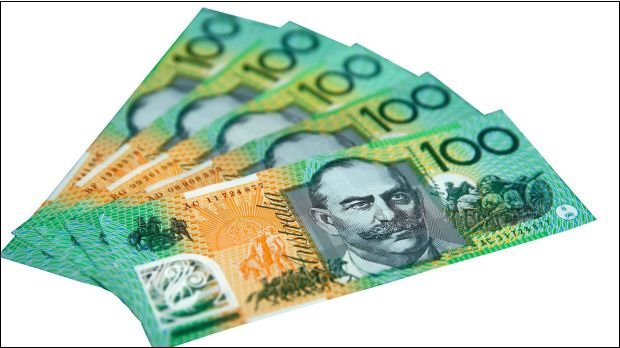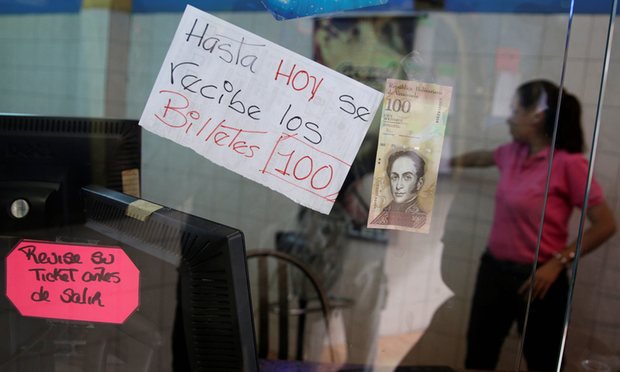A little more than a month after India announced the unprecedented demonetisation scheme on November 8, Venezuela did the same by removing the country’s highest-denomination banknote from circulation – the 100-bolivar note on December 12.
And now, a report suggests that the Australian government might carry out a similar move. The country could ban its highest value $100 note along with curbs on large cash payments.

While reports have been quick to link these steps with the Indian government’s, here’s a quick comparison based on initial reports:
The percentage of the banned currency in use
- The banned Rs 500 and Rs 1000 notes formed roughly 86% of the currency in circulation in India
- In Australia, $100 forms about 23% of the currency in circulation even as $50 and $100 together form 92%. It shows the highest value note is not the most common sight
- In Venezuela, the 100-bolivar note forms 48% of all currency in circulation
Time given by the government
- India stopped the banned notes from being legal tender four hours after the announcement but allowed their use at certain place like government hospitals and certain other facilities for weeks. The use, however, has continuously been curbed. The government has given people 50 days to use them or deposit them in accounts
- In Venezuela, the government gave people 72 hours to use the notes after which they have all of 10 days to deposit the scrapped currency in banks
- In Australia the government won’t be doing a “surgical strike” like the two other nations. As per its plans, the government will announce a taskforce next week that will then study the possible impact of such a move. In fact, the step has been talked about in the past as a former Reserve Bank of Australia official made this suggestion last year

Motive
- In India, Prime Minister Modi’s November 8 announcement cited fake currency from Pakistan and black money as key reasons for the step. However, the government has been shifting goalposts, claiming that the primary aim is to make India a digital and less-cash economy
- In Venezuela, the government has said that the deprecating value of the note in comparison with US dollar has allowed gangs to buy up Venezuelan banknotes cheaply on the black market and then use it to buy subsidised goods in Venezuela to sell at a profit in neighbouring Colombia. In short: to tackle transnational gangs which hoard the Venezuelan notes abroad. Venezuela is undergoing a major crisis, with inflation forecast of 500% this year, which is also leaving millions hungry.
- In Australia, the crackdown is on hoarding, tax evasion and “its use for illegal activities”. The government is worried that despite electronic payments increasing, the $100 note is witnessing a surge in circulation.
Criticism
- In India, demonetisation has been slammed by the opposition as “organised loot” and a scam among other charges such as bad planning and implementation. Various surveys have suggested that the public largely views it positively but other reports speak of how people are upset about being inconvenienced.
- In Australia, a News Corp poll on the plan showed that 66.75% of respondents didn’t want demonetisation.
- In Venezuela, the opposition has criticised it, saying 10 days is too short a time and the move itself shows the government’s “ineptitude”.

















